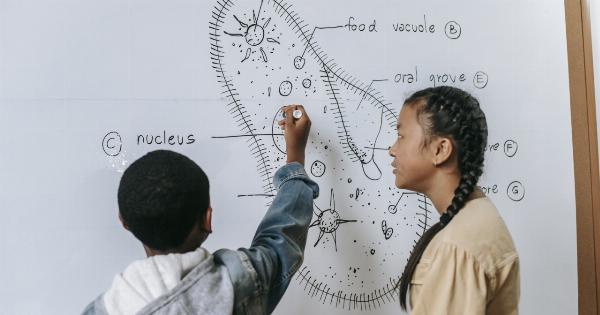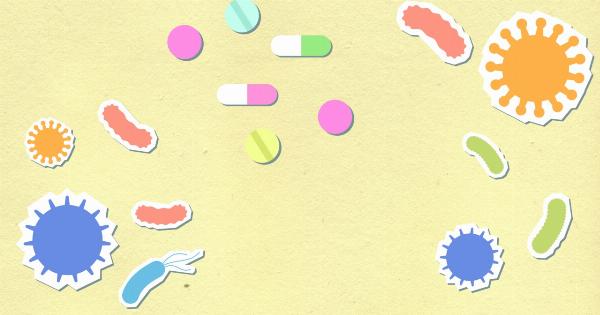Sickle cell anemia, also known as sickle cell disease, is a genetic blood disorder that affects millions of people worldwide. In particular, the Mediterranean region has a high prevalence of the disease due to the high incidence of carriers.
Sickle cell anemia is caused by a mutation in the hemoglobin gene, which results in the production of abnormal hemoglobin that causes red blood cells to become sickle-shaped. This leads to a host of health problems, including severe anemia, pain, organ damage, and a shortened lifespan.
Prevalence of Sickle Cell Anemia in the Mediterranean
The Mediterranean region is a hotspot for sickle cell anemia, with an estimated 2-3% carrier rate in some populations.
This is due to several factors, including the high frequency of the sickle cell gene in certain regions, intermarriage between carriers, and migration patterns. The countries most affected by sickle cell anemia in the Mediterranean include Greece, Italy, Cyprus, Turkey, and the northern regions of Africa.
Complications of Sickle Cell Anemia
Sickle cell anemia can cause a range of complications, from mild to life-threatening. These include:.
- Acute pain episodes
- Chronic pain
- Anemia
- Infections
- Stroke
- Organ damage (e.g. kidneys, lungs, heart)
- Growth and development problems
Importance of Prevention
Prevention is crucial when it comes to sickle cell anemia. There is currently no cure for the disease, so the focus is on preventing complications and improving quality of life. Prevention measures include:.
- Sickle cell screening: Screening programs can identify carriers and help individuals make informed decisions about family planning to reduce the chances of passing the disease on to their children.
- Newborn screening: Screening newborns for sickle cell anemia allows for early intervention and treatment, which can prevent complications and improve outcomes.
- Vaccinations: Individuals with sickle cell anemia are at higher risk of infections, so vaccinations against bacteria and viruses are crucial to prevent serious illnesses.
- Blood transfusions: Red blood cell transfusions can help prevent complications of sickle cell anemia, such as stroke and organ damage.
- Hydroxyurea: This medication can reduce the frequency and severity of acute pain episodes, as well as the risk of complications.
Challenges in Prevention
Despite the importance of prevention measures, there are several challenges that need to be addressed in order to improve outcomes for individuals with sickle cell anemia in the Mediterranean region:.
- Lack of awareness and education: Many people, including healthcare providers, are not aware of the disease, how it is inherited, or the available prevention measures.
- Stigma and discrimination: Individuals with sickle cell anemia may face discrimination and stigma due to misconceptions about the disease. This can lead to delays in diagnosis and treatment and a decreased quality of life.
- Cost and accessibility: Some prevention measures, such as blood transfusions and hydroxyurea, can be expensive and/or difficult to access in certain regions.
- Limited research: More research is needed to better understand the disease and develop new prevention and treatment options.
Conclusion
Sickle cell anemia is a major health concern in the Mediterranean region, and prevention measures are crucial to improving outcomes for individuals with the disease. This includes screening programs, vaccinations, blood transfusions, and medication.
However, there are several challenges, including lack of awareness, stigma, cost, and limited research, that need to be addressed in order to make prevention measures more effective. By working together, healthcare providers, policymakers, and communities can make a difference in the lives of those affected by sickle cell anemia.




























